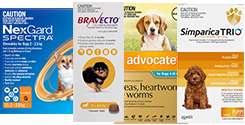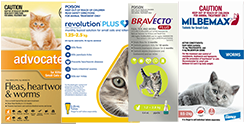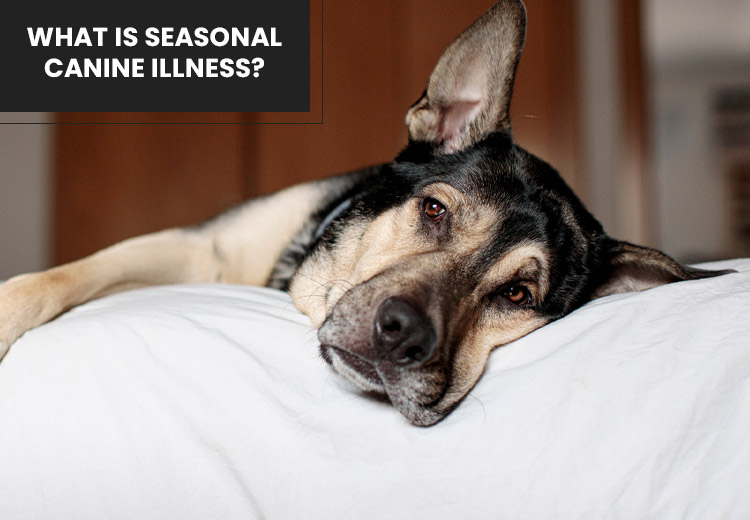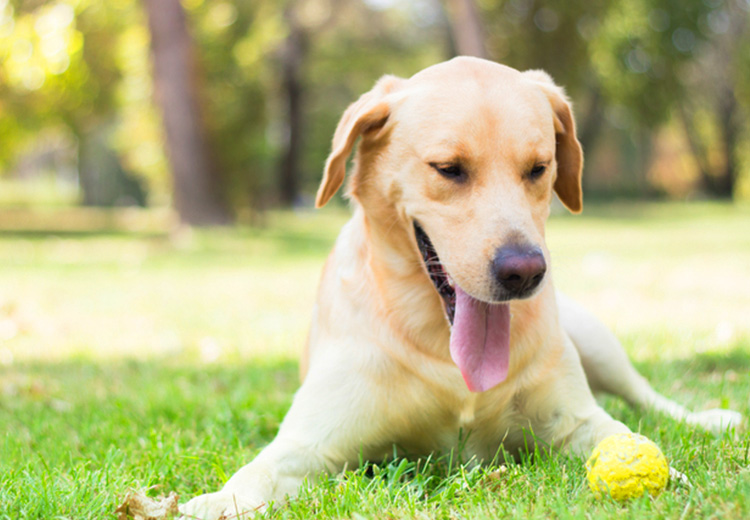Dogs love to navigate in the woods during their evening walks. This is one of the best ways for them to stay active, but it can bring a few environmental hazards for your furry friend. One such rare and most debated problem for your dog is Seasonal Canine Illness (SCI). This has been a major cause of concern for pet parents since the causes are unknown and there is no precise treatment available for this condition.
This blog will help you learn more about Seasonal Canine Illness so that you can safeguard your four-legged companions from it. Let’s begin!
What is Seasonal Canine Illness and the theories about it?
First reported in 2010, Seasonal Canine Illness (SCI) is a serious health condition that typically affects dogs during autumn. Although the main cause of this illness is still unknown, there are theories about the causes of this dog illness. Damp leaves in the forest during the autumn months are believed to provide the breeding ground for this condition. Moreover, harvest mites are supposedly one of the denominators of this illness as these mites are found on the dog’ skin suffering from this condition. Harvest mites are orange-colored, small insects that are active during the harvest season and stay attached to long grasses and plants. They hop from plants to dogs and mammals and feed on the thin layer of the host's skin.
What are the symptoms of Seasonal Canine Illness (SCI)?
Dogs, after being infected with Seasonal Canine Illness, begin showing signs of illness within 3 days of being in the wildwoods. Here are some of the common signs of SCI:
- Vomiting
- Diarrhoea
- Lethargy
- Loss of appetite
- Muscle tremors
- Abdominal pain
- Dehydration
- Fever
Can Seasonal Canine Illness be treated?
The actual cause of Seasonal Canine Illness is unknown hence, a specific course of treatment cannot be determined. The treatment usually revolves around the symptoms. The veterinarian may prescribe antibiotics and pain relief treatments for symptomatic relief. Additionally, the vet may provide intravenous fluid therapy for dehydration and antiemetic treatments for vomiting to provide relief.
How to prevent the risk of Seasonal Canine Illness?
Here are some simple ways that help minimise the risk of Seasonal Canine Illness to your furball:
# Avoid taking your dog for walks in the wooded areas in the autumn season
# Keep an eye on your dog and make note of any unusual symptoms
# Use anti-parasitic treatments and regularly monitor your dog for mites
# Keep your dog hydrated and feed them a healthy diet
Final words
Since there is no proper treatment available for Seasonal Canine Illness as of now, it is important to be watchful and take preventive measures to keep your canine companions protected during the autumn season. Always consult the vet for expert recommendations.















































_10312023_000325.jpg)













